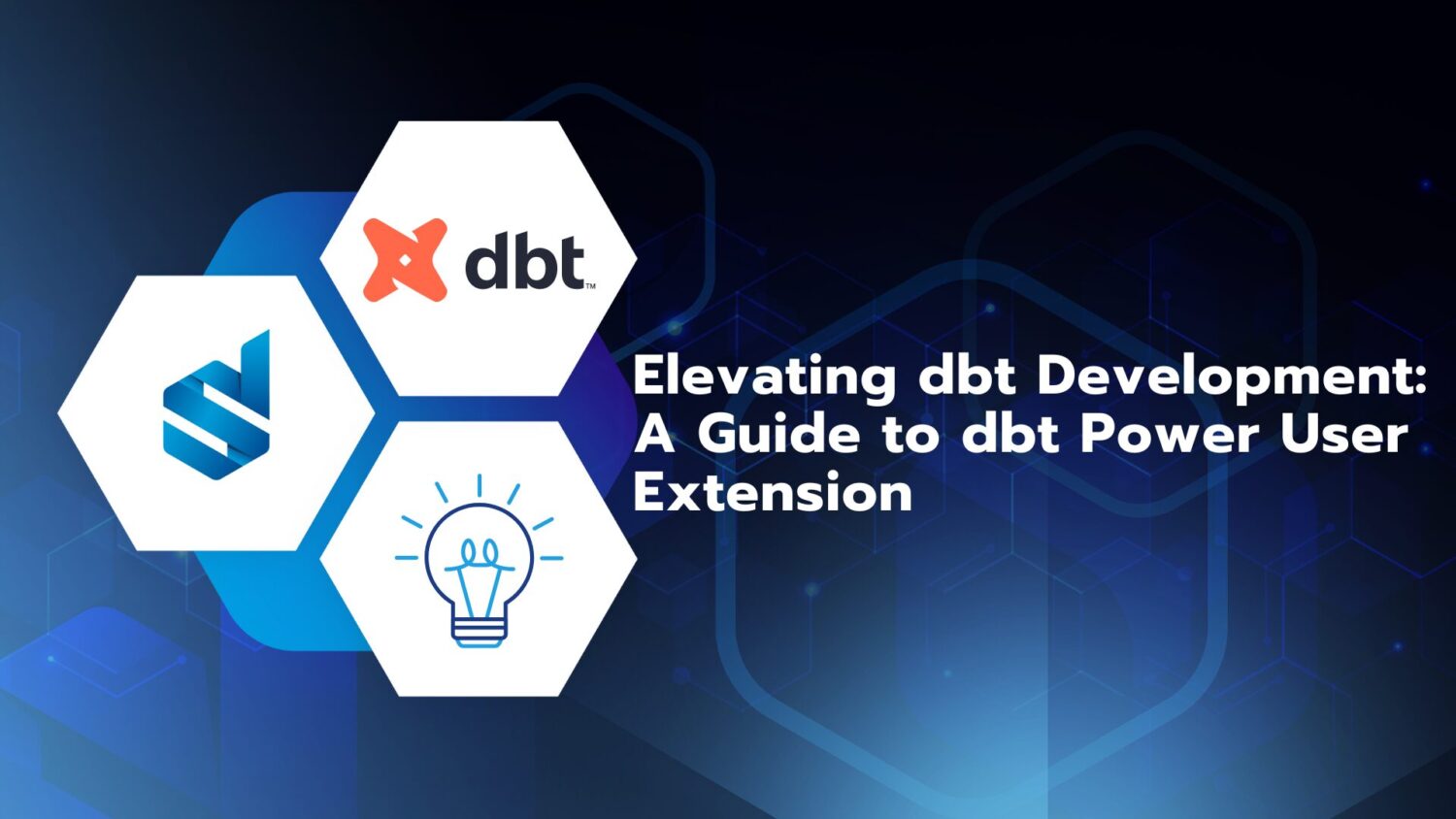Scaling beyond limits
dbt, or data build tool, has become the cornerstone for organizations managing data transformations. From young start-ups to large corporations, dbt serves as the centerpiece for orchestrating data workflows. However, as organizations grow, the challenge of coordinating multiple requirements within a single dbt project becomes apparent. The solution? dbt Mesh, a pattern enabled by the convergence of different dbt functions.
// WHAT IS DBT MESH?
Breaking the monolithic shackles
dbt Mesh is not a singular product, but a pattern woven from the fabric of various dbt features:
- Cross-project references:
Fundamental for multi-project deployments, allowing cross-references with the function: {{ ref() }}, between dbt Cloud projects on Enterprise plans. - dbt Explorer:
A metadata-driven documentation platform that provides complete, cross-project lineage and promotes transparency and understanding. - Groups:
Assign models to subsets within a project, improving organization and manageability. - Model Contracts:
Ensure explicit expectations about the form of data to avoid downstream disruptions. - Model versions:
Treat data models as stable APIs so they can be adopted and depreciated as they evolve. - Governance:
New features that provide control over access within and between projects to meet security and governance requirements.
With these individual features, the benefits of dbt Mesh are numerous:
- Improved flexibility:
Multi-project architecture allows teams to work independently, yet collaborate and seamlessly share data, code and best practices. - Performance optimization:
As the number of models grows, dbt Mesh ensures that performance does not degrade, preventing delays and bottlenecks. - Security and governance:
To meet increasing security and governance requirements, dbt Mesh provides tools to manage access and dependencies both within and across projects. - Scalability:
Especially beneficial for organizations with complex workflows, dbt Mesh increases the flexibility and performance of dbt projects as they scale. - Incremental adoption:
New to dbt? No worries. Dbt Mesh enables incremental adoption, allowing teams to gradually and effectively integrate features as they grow.
// WHO IS DBT MESH FOR?
Navigating complexity with ease
dbt Mesh in its entirety addresses organizations with mature, complex transformation workflows that face challenges such as:
- Declining performance due to a large number of models in a project.
- Teams developing separate workflows that require decoupling.
- Increasing security and governance requirements that require more isolation.
dbt Cloud becomes the orchestrator, which coordinates functions and simplifies complexity to solve these challenges.
For newcomers to dbt, there is no immediate need to build a multi-project architecture. Instead, consider gradually integrating the features as your data projects grow. In fact, these features work effectively as standalone tools. Taking the time to understand the tools and functions of a multi-project architecture will help you make informed decisions as your organization evolves and expands.
// LEARNING GOALS
Charting the course of implementation
As organizations begin their journey of implementing dbt Mesh, several learning objectives emerge:
- Understanding multi-project architecture:
Understand the purpose, trade-offs and patterns involved in building a multi-project architecture. - Exploring Mesh Patterns:
Address the decision points of drawing lines between projects and organizing data workflows in a multi-project architecture. - Implementing the Mesh Plan:
From examining jobs and lineage graphs to adding groups and access, a step-by-step guide to implementing the dbt Mesh plan. - Connecting Existing Projects:
Insights into coordinating multiple dbt projects, either by installing parent projects as dbt packages or by the use of {{ source() }} functions.
// CONCLUSION
Orchestrating a Collaborative Symphony
In the dynamic field of data management, dbt Mesh symbolizes improved collaboration and efficiency. By dismantling the limitations of monolithic structures, organizations enable their data teams to work both independently and collaboratively, promoting a smooth exchange of data, code and best practices. By effectively harnessing the potential of dbt Mesh, organizations equip themselves to skillfully and accurately navigate the complex landscape of modern data transformations.





